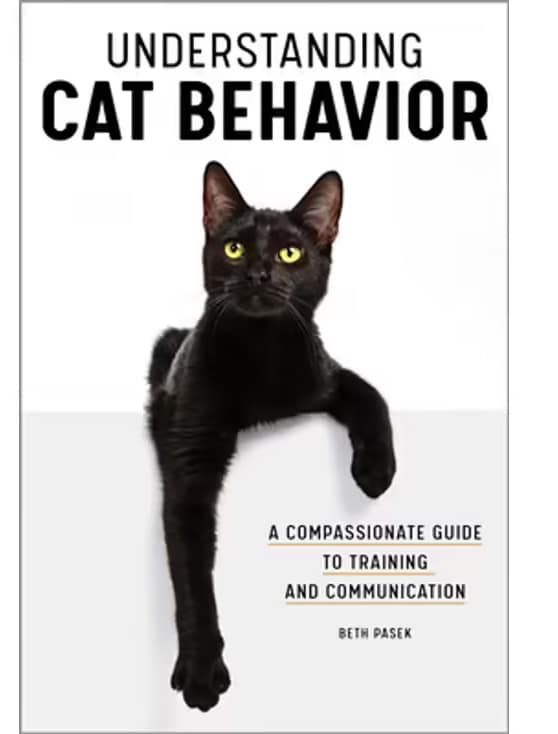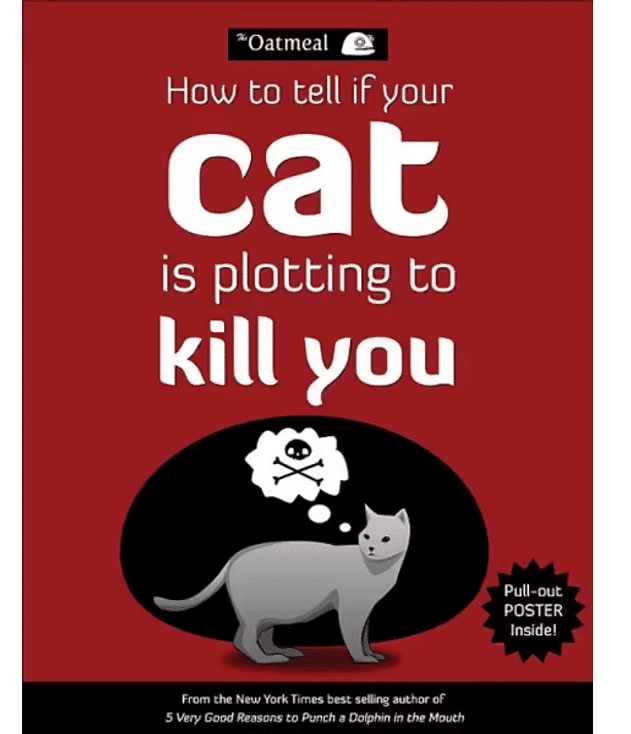Strange Places That Cats Hide: Olga’s Preferred Spots
Hi, I’m Christopher! Read my introduction to learn more about me and my silly Russian Blue cat, Olga. When your cat knows a trip to the veterinarian’s office is imminent, you may have trouble locating them. I’ve placed Olga’s carrier in the living room for a few days before her vet appointments to confuse her, but it […]












